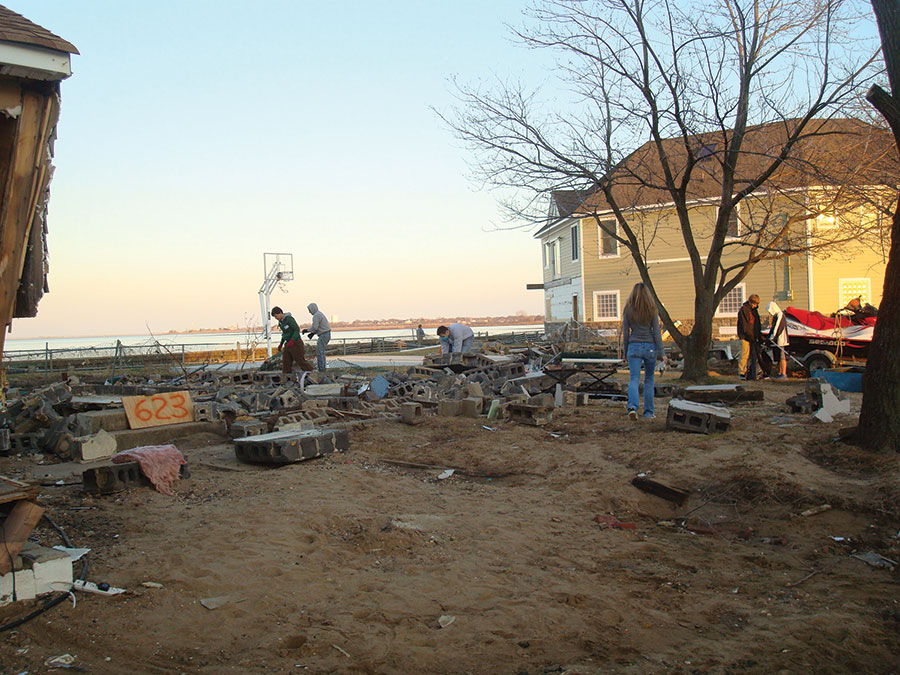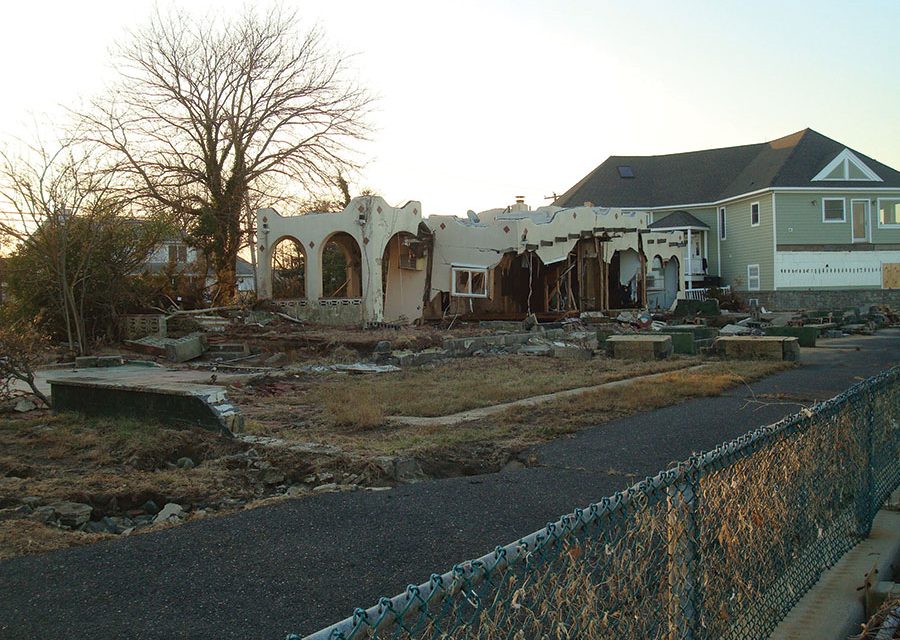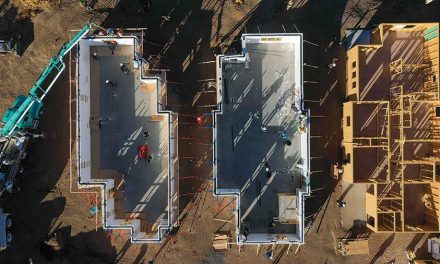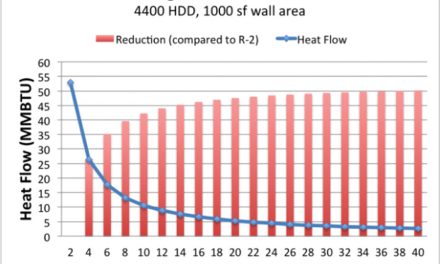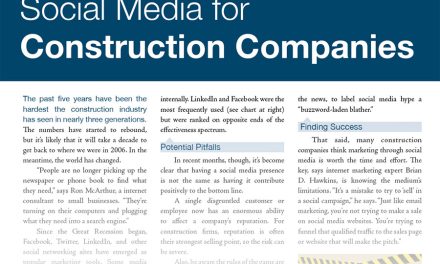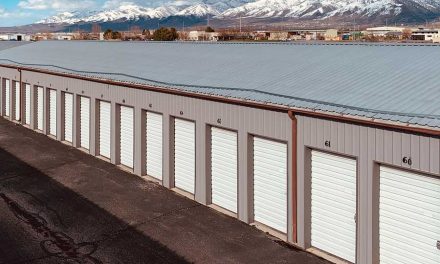Superstorm Sandy
In October of 2012, a late-season hurricane moving up the East Coast of the U.S. collided with a winter storm blowing off the Great Lakes. Hurricane Sandy, which had been a relatively mild Category 2 storm, combined with the cold air mass and turned inland toward the New Jersey shore, packing winds of over 80 miles per hour, a storm surge nearly 10 feet high, and dumping torrential rains on a wide swath of the eastern seaboard. Meterologists report that the storm was more than 1,000 miles in diameter, the largest Atlantic hurricane on record.
Homes and businesses from Florida to Quebec were impacted, although the damage was most severe in New York, New Jersey, and Eastern Pennsylvania.
Predictably, ICF homes in the affected areas fared much better than wood-framed structures. More surprising is how much better they performed than concrete block (CMU). The Hallet house, a two-story, 4,000 sq. ft. ICF home in Union Beach, New Jersey is perhaps the best example. Built just yards from the ocean facing the beach, there was very little between it and the worst of the hurricane’s fury, except the Logix ICF walls with a 6” core of reinforced concrete.
When Sandy roared ashore, it brought terrifying winds and unprecedented high seas. The waves literally pounded the siding off the lower portion of the house. But structurally, the walls stood strong.
By comparison, the two houses northwest are gone; only their foundations and bits of rubble remain. The CMU home on the other side (with the cream stucco exterior in the bottom photo) has been condemned, and three doors down the odd pile of debris that once was a house made the cover of Newsweek.
Ironically, Leonora Hallet’s son-in-law, who had convinced her to build with ICFs ten years ago, was visiting when the storm hit. John Sochacki, his wife and two kids hunkered down with Hallet knowing they’d be safe.
Bill Naegeli, a local ICF distributor and builder heard of the home from a relief worker, who reported that the home was occupied and in good condition while all the others on the block were either totally destroyed or condemned and deserted.
Naegeli says, “It’s painfully obvious that we can build homes that can withstand significant hurricanes, tornadoes, and even fires, yet the average homeowner is unaware that this technology even exists.”
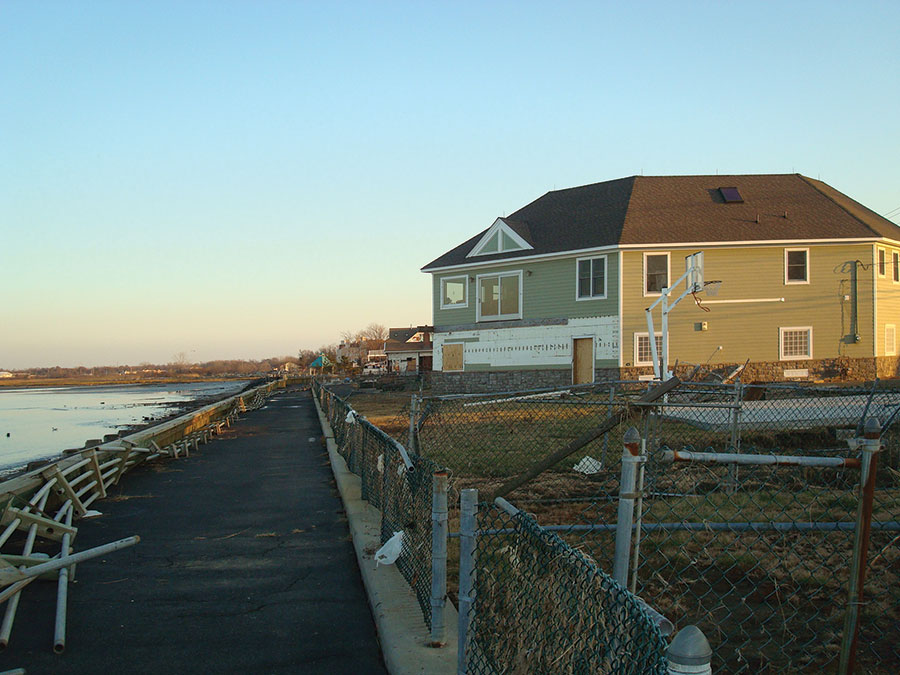
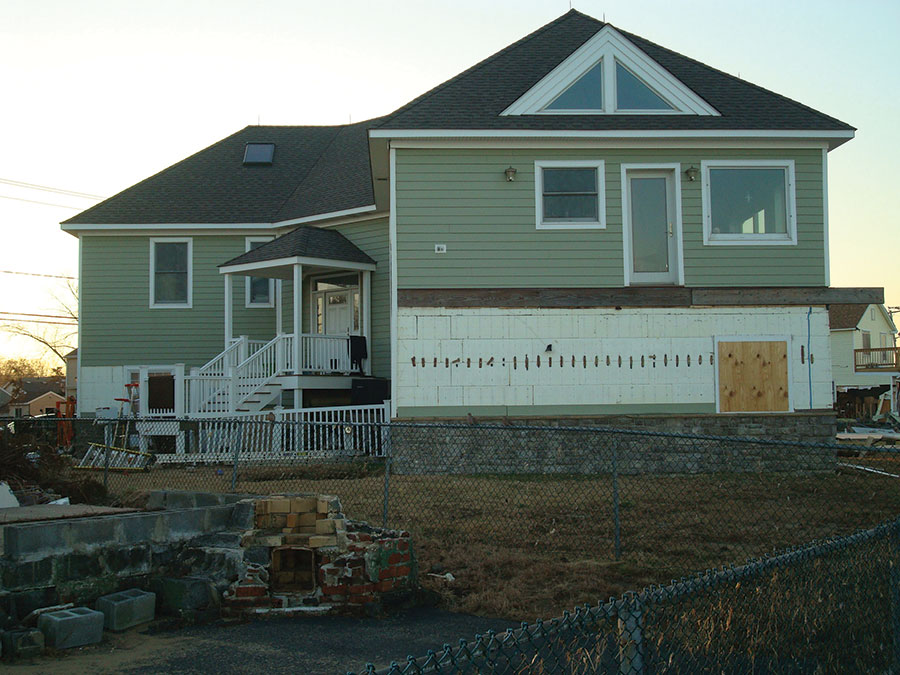
Located just yards from the shore (top), Hallett house was exposed to the full fury of Superstorm Sandy’s terrifying winds and pounding waves. The high seas scoured the siding off the lower portion of the home (above). Damage was minimal compared to neighboring wood-frame homes which were completely destroyed (below) or even CMU homes, which were left gutted, condemned, and abandoned (bottom).
